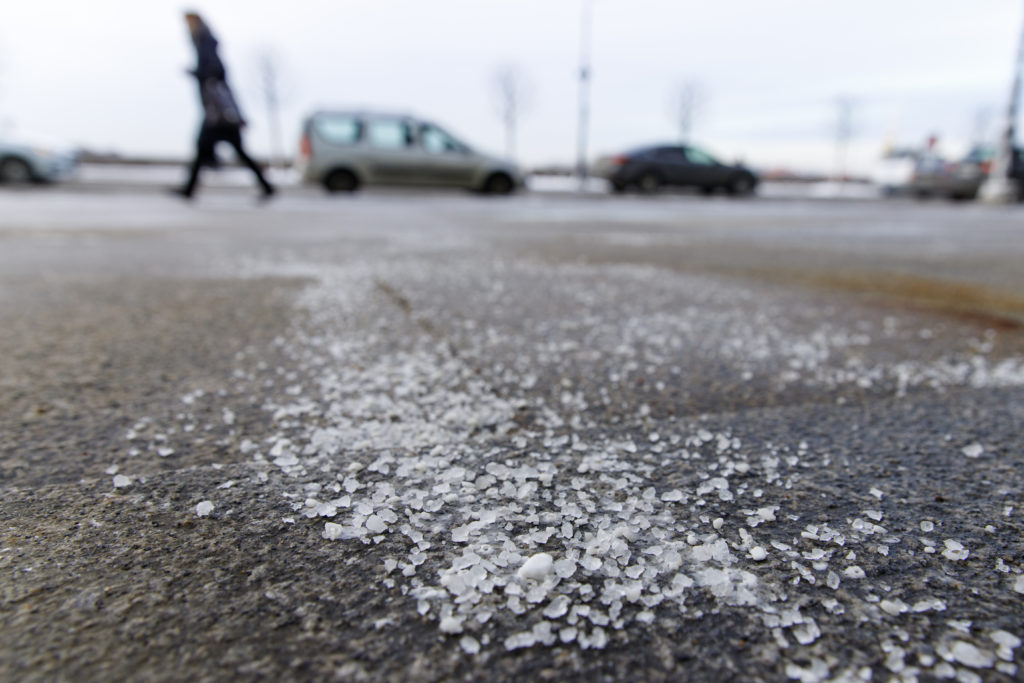“There are structural advantages you have in redundancy if you’re Amazon,” said former Amazon leader who guided logistics software-focused teams, Jason Murray. “Amazon has its own transportation network, it has access to all the carriers. Multiple ships, multiple factories.”
Because of this, the major online retailer has been able to circumvent shipment difficulties that have left boxes and boxes of product inventory stuck at ports along the west coast–Los Angeles in particular–by chartering the Olive Bay and subsequently dispatching to a port north of Seattle (where the company’s base is located). Amazon has also docked at the Port of Houston, in addition to Everett, allowing the retailer to meet the demands of one of the biggest online shopping holiday seasons to date. In fact, according to Adobe, shoppers across the United States are projected to spend $207 billion among online retail options–a 10% increase from 2020.
To help keep these shipments moving smoothly and efficiently, Amazon brought on an additional 150,000 seasonal employees, offering sign-on bonuses of up to $3,000 and overall pay boosts. Costs for logistical moves–such as dispatching trucks that are only half-full–to meet demands during the ever-important holiday shopping season and an ongoing major boost in e-commerce will likely reach around $4 billion, enough to put many other companies out of business.
However, Amazon vans hauling cargo from hundreds of delivery depots, thousands of employees and contracted workers, Amazon-chartered ships bringing in products from Asian factories, and Amazon Air cargo jets making their way across the country will all be to thank if Amazon meets the high demands of customers across the country.
“Amazon had space on ships, and I couldn’t say no to anyone,” said home decor and lighting retailer David Knopfler of Lights.com. His comments come as one of thousands of sellers offering their products on Amazon’s website who previously refused to do so. The reason? These companies would need to share pricing and supplier information and data with Amazon, potentially allowing for future competition with the company. However, holiday season container shortages made it difficult for these merchants to refuse access to these shipment capabilities.
“It’s a one-stop-shop from Asia to Amazon,” said Goja’s CEO, Walter Gonzales. Goja sells a variety of products on Amazon’s site. “It reduces the gray areas where the shipping process might fail.”
Now, Goja has stocked up on 95% of the inventory it will need to fill holiday season orders, Gonzales noted.
In fact, Amazon has been booking cargo ship space in advance since around 2015 in an effort to make for a smooth-as-possible shipping process between its warehouse and Chinese factories, an irresistible offer for nearly any online seller.
“They basically went from zero containers a month a few years ago to over 10,000 containers a month,” said ocean freight consultant Steve Ferreira. “The thing is an 800-pound gorilla now.”
Still, bringing Amazon customers their holiday season orders efficiently and on-time has been trickier in the midst of a continuous labor shortage; job-hunt websites have been filled with Amazon warehouse gigs fit with incentives, benefits, and bonuses. Overtime opportunities are allowing employees to earn even more than their supervisors, although the pressure of current demand may not be worth the extra income.
“Amazon will stick to its guns and get things to customers,” said former Amazon Logistics executive, David Glick. “It’s going to be extensive, but in the long term, [it] builds customer trust.”
Regardless of efforts to keep customers happy during this time, Levinson and Stefani’s Ken Levinson wants to make sure Amazon–and any company hiring transportation workers right now–is bringing in the best candidates possible and keeping them trained and well-informed on all aspects of safety protocol. Safe driving is imperative, he said.
“It goes back to training,” he explained. “Just because someone may be in a rush to get things done, it’s not an excuse to let safety go to the wayside. Often, companies have unrealistic expirations based on their workers’ pay and delivery times that can create a huge incentive to be unsafe, and we can’t have that. We have to make sure they’re going to regulate themselves.”
He also hopes police offers are keeping a close eye on everyone hauling shipments over the holidays, especially given the inclement weather that comes with the winter season.
“Law enforcement needs to be diligent in making sure safety laws are adhered to, especially when it comes to speeding and driving in hazardous conditions,” Levinson said.





